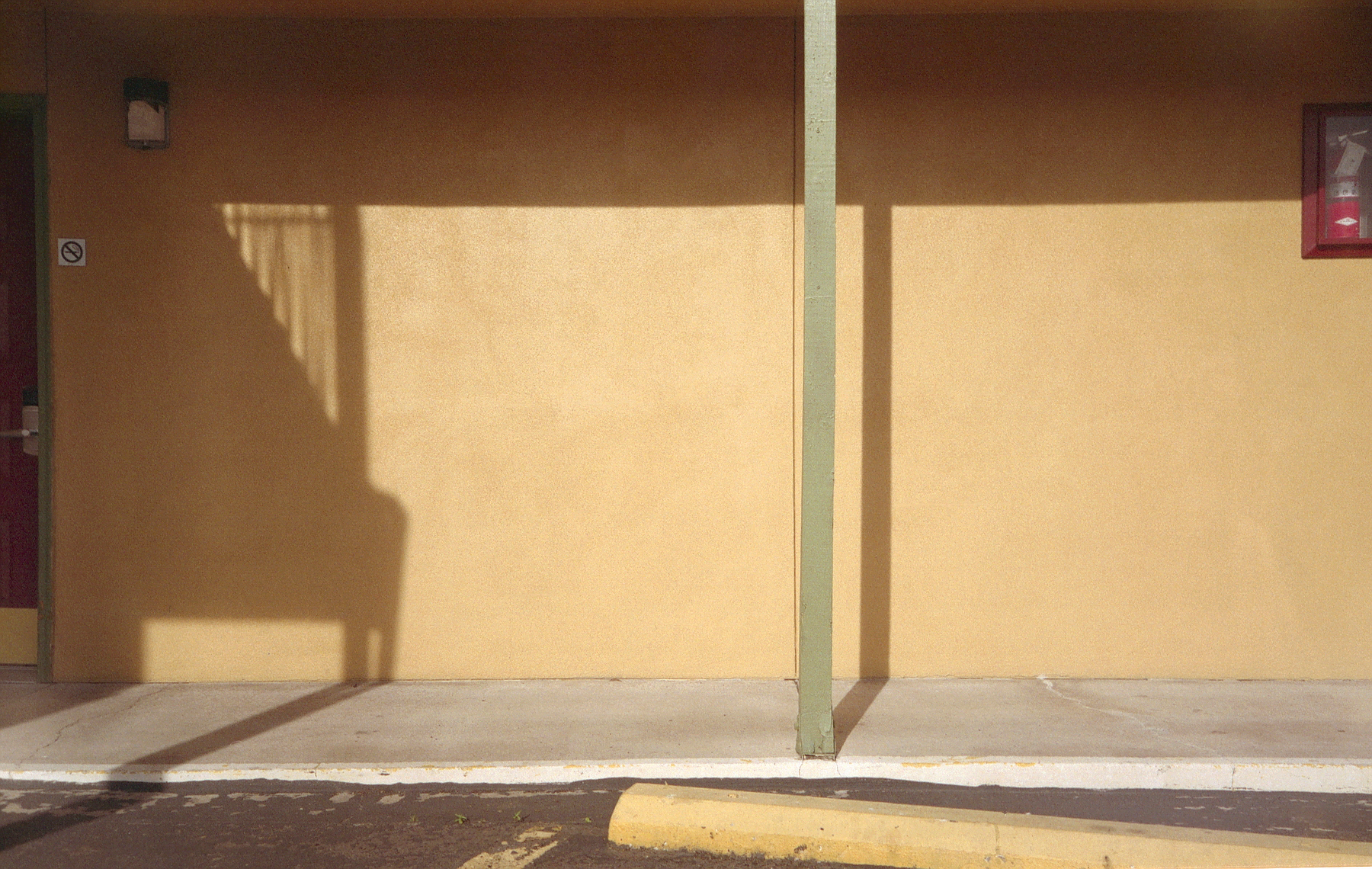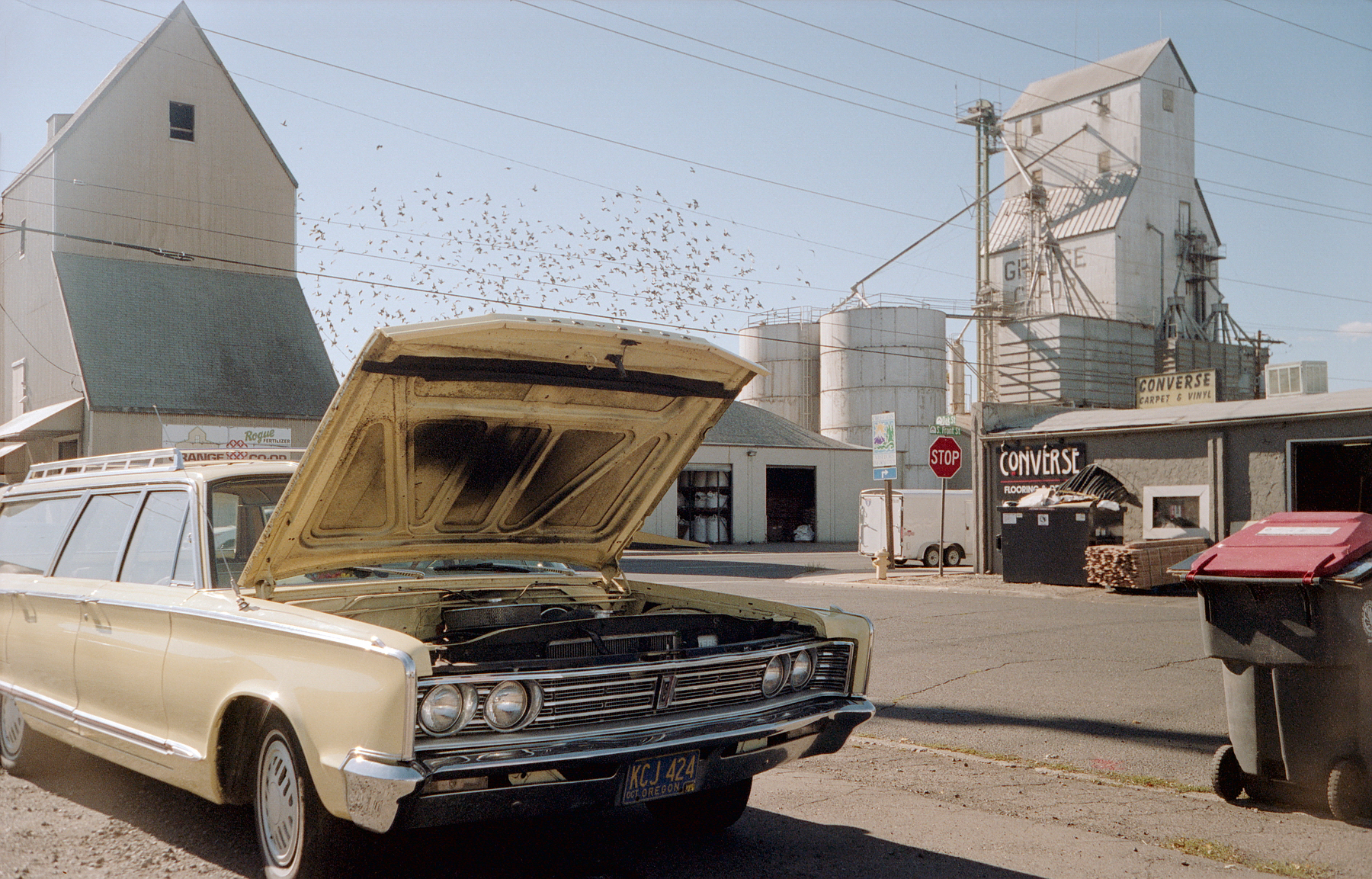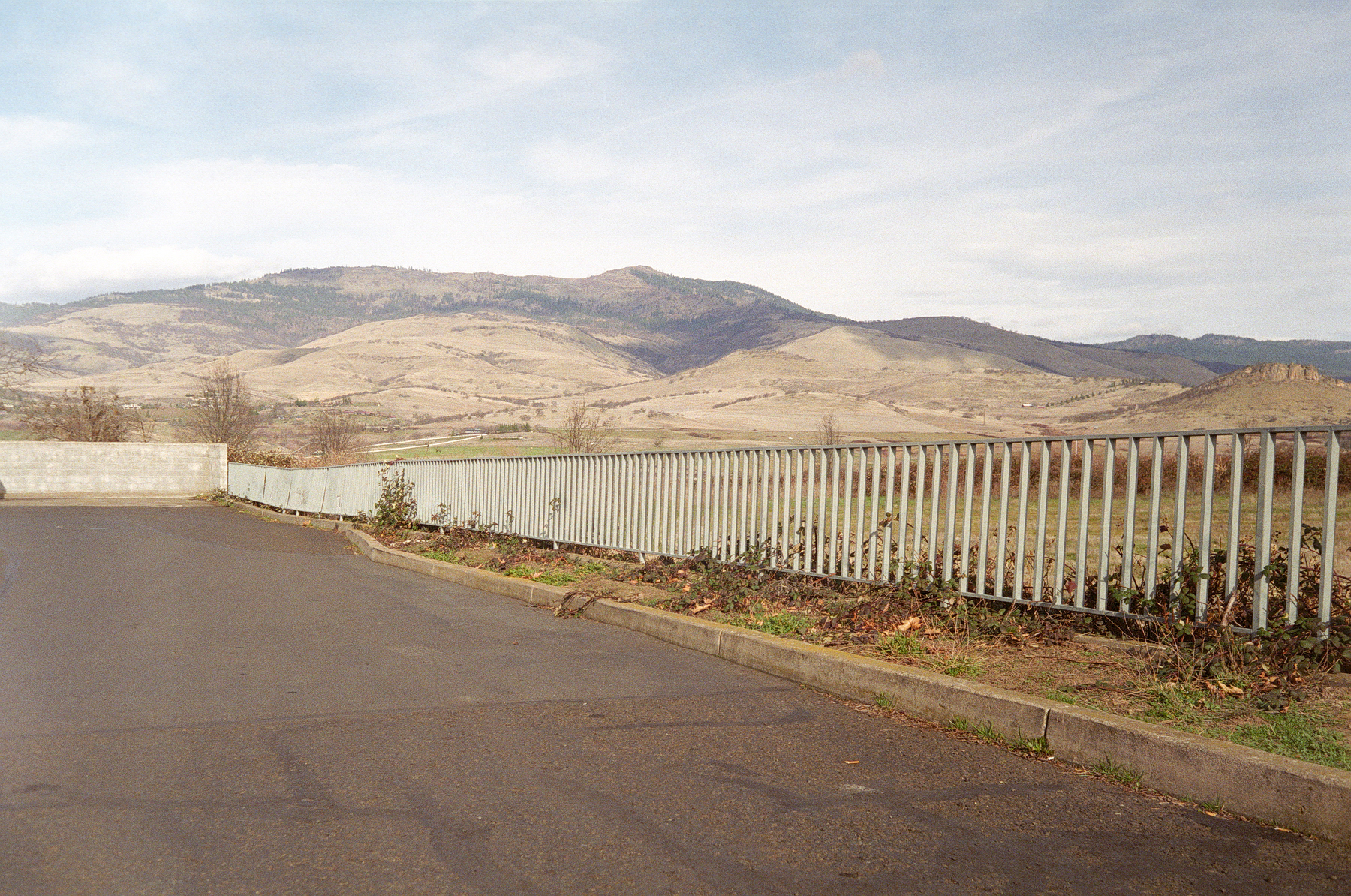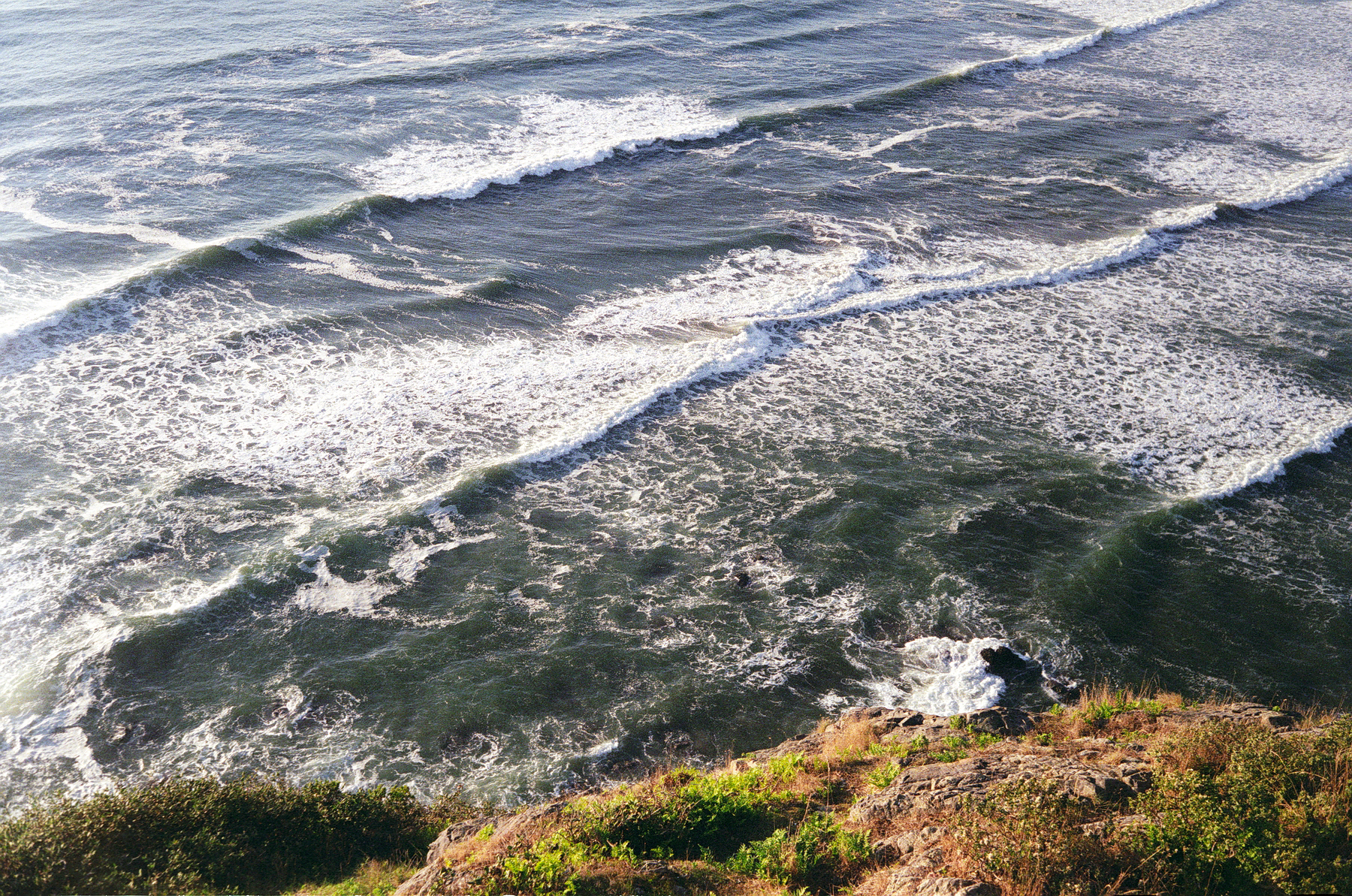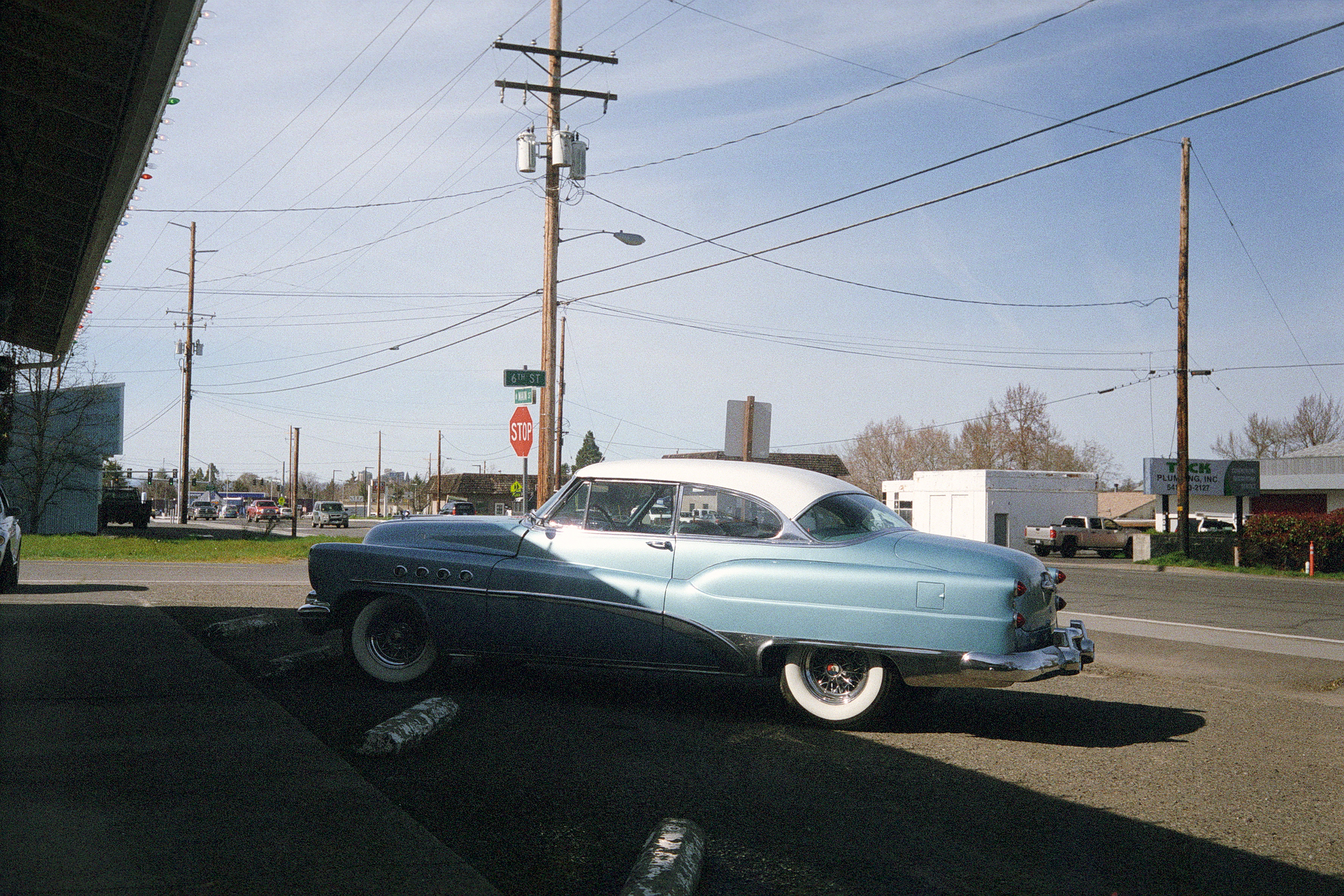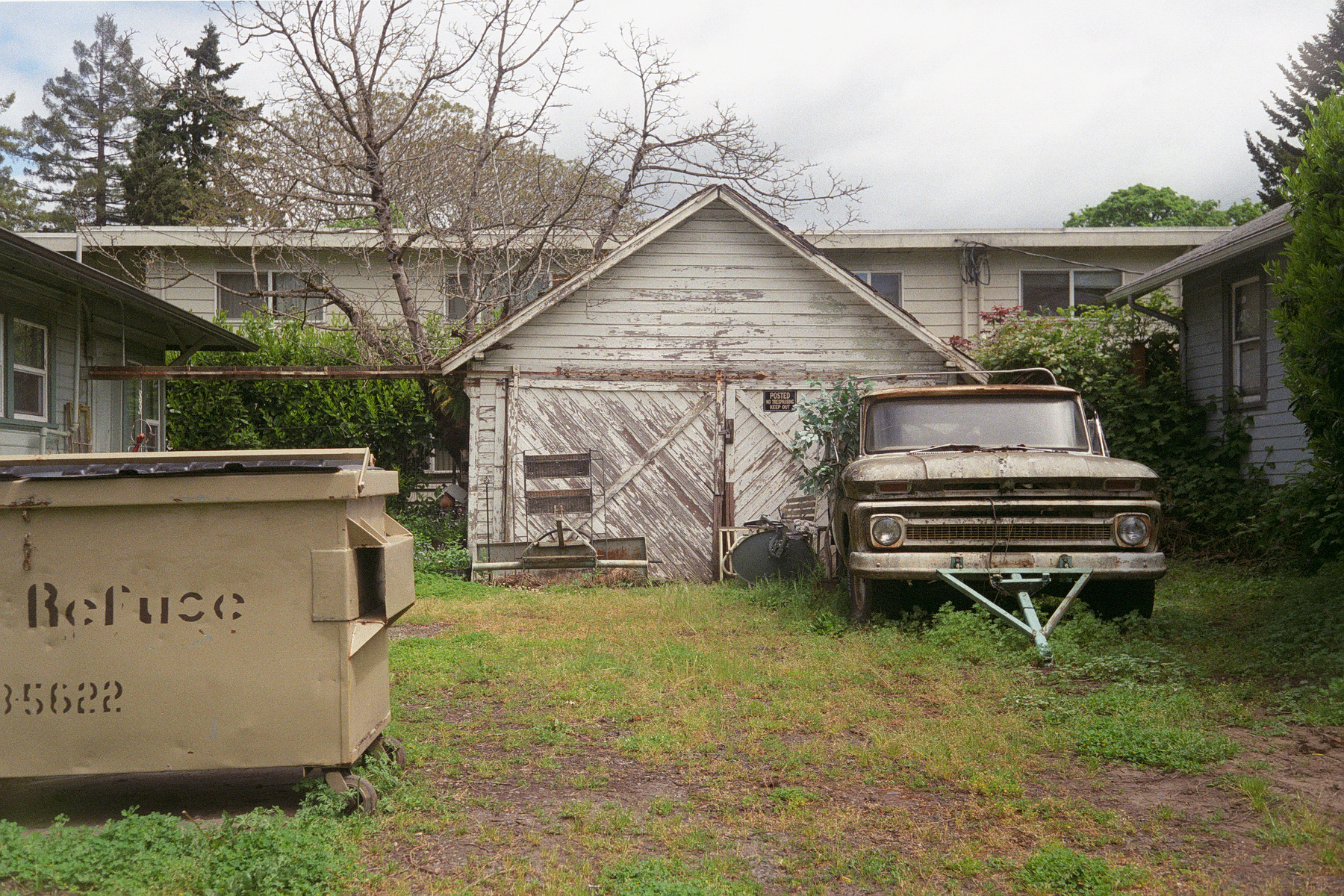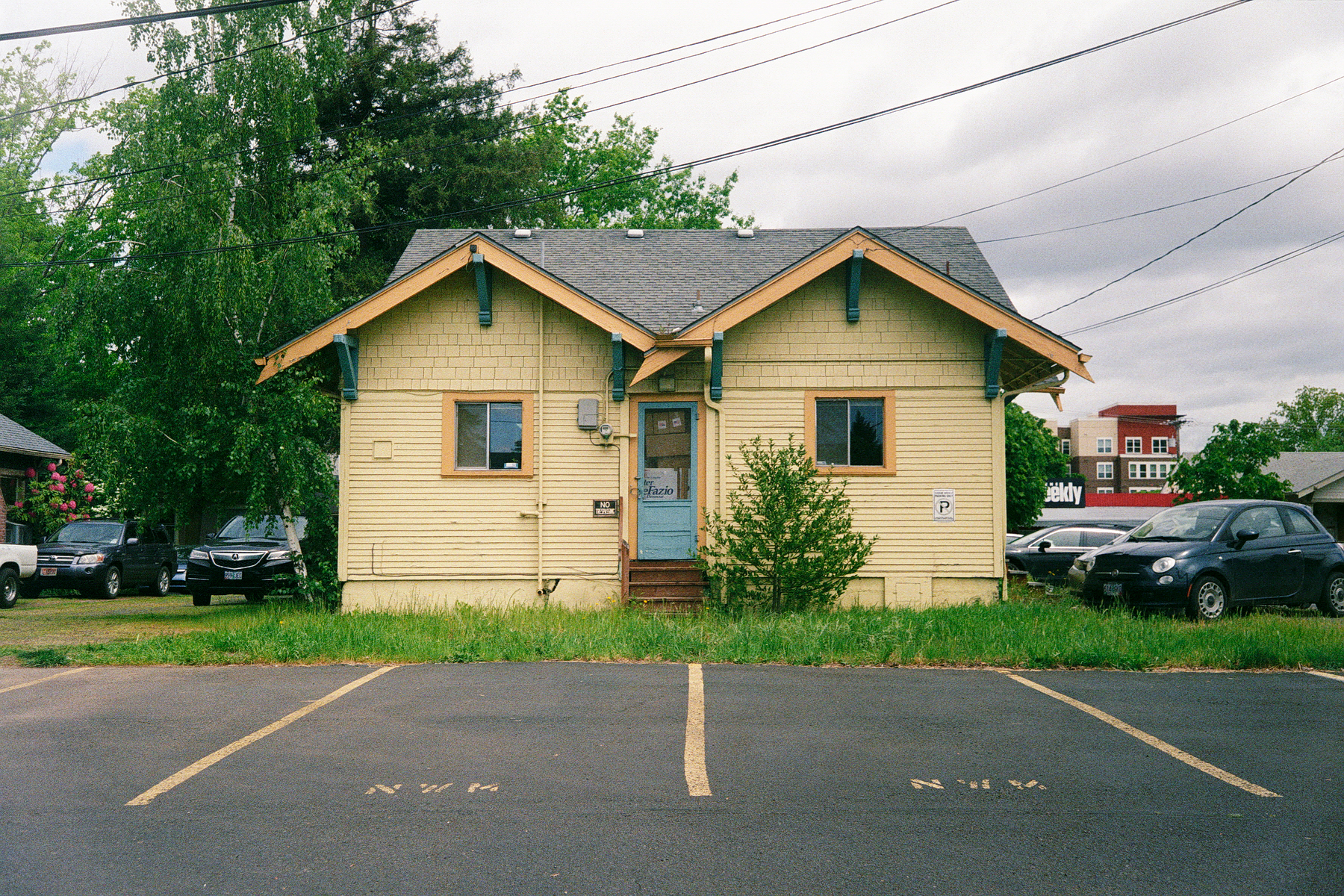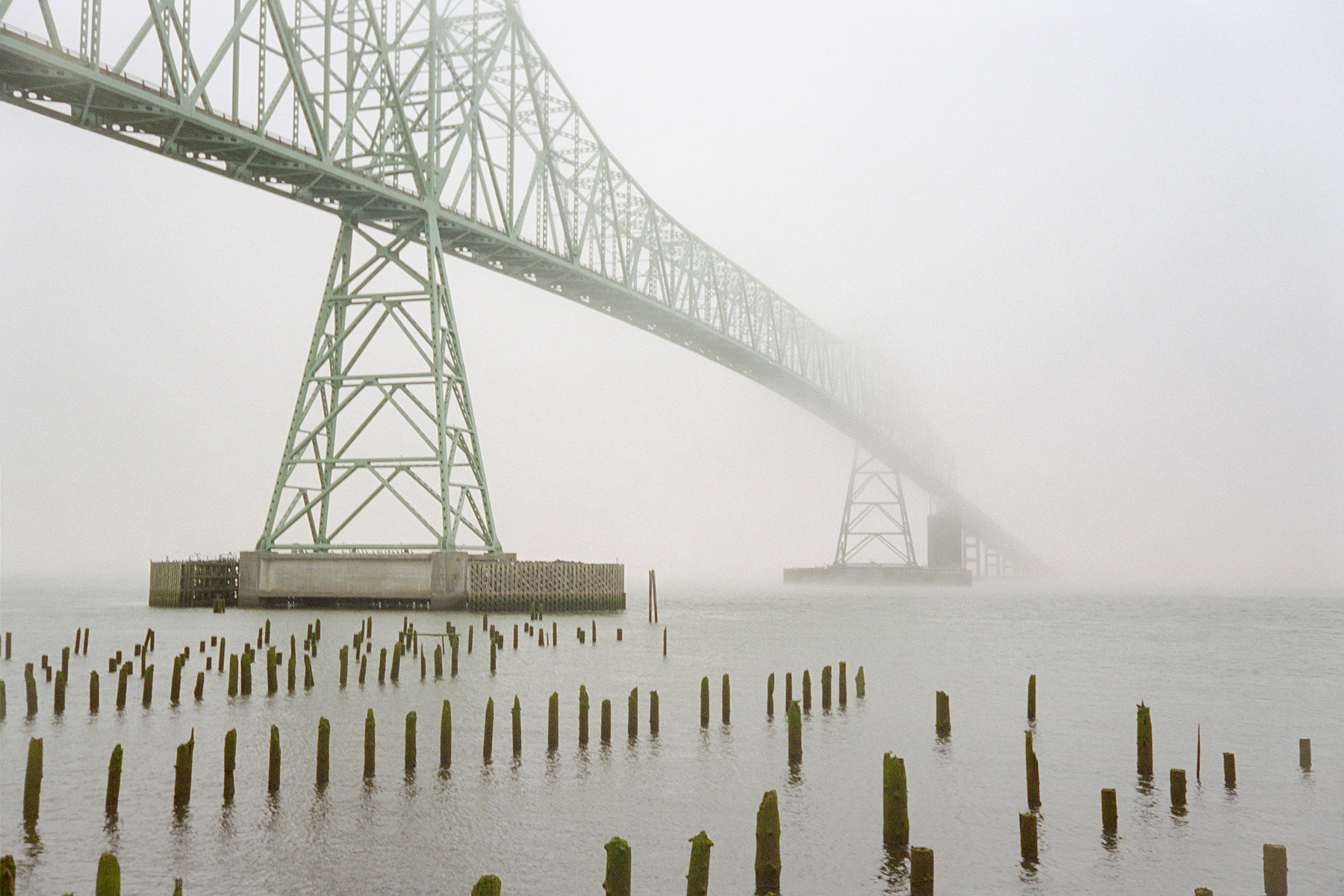As there numerous reviews out there (both good and bad) of the Soviet made Jupiter-12 lens, I thought I might share some of the experiences I’ve had with mine, instead of trying to do a more technical lens review.
About 5 years ago, on a whim, I bought a beautiful 1957 Zorki 4 rangefinder. At the time (and still now) I prefer using a 35mm focal length over the more common 50mm. I had read some good things about the Jupiter-12 35/2.8, so within a few months of buying the Zorki, I started looking for a L39 (Leica Thread Mount) copy of the Soviet made Zeiss Biogon copy.
Rightly or wrongly, Soviet made camera equipment has received very mixed opinions. More often than not, it doesn’t enjoy a great reputation. People will often refer to buying Soviet made camera gear as playing “Russian Roulette”. I may just be lucky, but my experiences have all been generally positive. Shortly after I started my search, I found a rather sad looking 1956 KMZ made silver Jupiter-12, but the seller was in the US (which meant quicker shipping and easier returns) and the listing claimed it was working well. I decided to buy it, and within a week I was out shooting a test roll with it. Initially, I have to admit that I was rather underwhelmed with the lens, and my early results weren’t that good. The lens seemed to work okay, I just didn’t really like what I got from it. I really think that it takes 3 or 4 rolls of film, and a bit of time to get comfortable with a new lens or camera before it starts to gel with you. At the time though, I hadn’t really gotten into using rangefinder cameras, and so the Zorki and Jupiter-12 sat in my camera cabinet, unused for a few years.
In the fall of 2017, I pulled the Zorki out (see my article here) and started using it again. This time, the camera and the Jupiter-12 just clicked with me, and I started getting results I was really happy with. All throughout 2018, the Jupiter-12 was nearly my most used lens, and I made some of my best photos with it.
Physically, the Jupiter-12 is a strange lens. As mentioned above, it’s a copy of the prewar Zeiss Biogon 3.5cm f/2.8, which is a non-retrofocus wide-angle lens. Because of non-retrofocus design, the front element is fairly small and sits deep within the lens barrel, while the rear element is rather large and protrudes way out the back of the lens. The rear element comes out so far that there are some cameras (some Voigtlander Bessa R series cameras) you can’t use the lens on because the rear element will impede the shutter curtains. Some of the Canon rangefinder cameras have light baffles inside the lens mount that the Jupiter-12 will run into if mounted. Another quirk with the Jupiter-12 is that the aperture is adjusted by turning the filter thread and the aperture values are marked on the inside front near the front element.
The Jupiter-12 was made in both L39 mount and Kiev/Contax mount. Optically they are (I believe) the same. The Kiev/Contax mount version should fit all Kiev rangefinder cameras, but I think will not fit the postwar Contax cameras. I believe the Kiev mount Jupiter-12 will also fit some of the Nikon rangefinder cameras, but the lens mount might scratch the front of the camera when it’s mounted.
If you’re using a Leica screwmount camera (or even a Leica M body) and you’re looking for an affordable 35mm lens, I highly recommend finding yourself a Jupiter-12.
This photograph, and the previous 4, were made with the Canon 7 and Jupiter 12
Connect
Film photographer, Colton Allen is based in Oregon. Connect with him on Flickr, Instagram, and Facebook. You can also see more of his work right here on our website.


